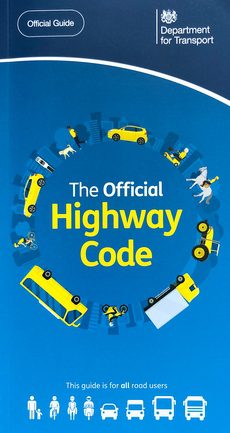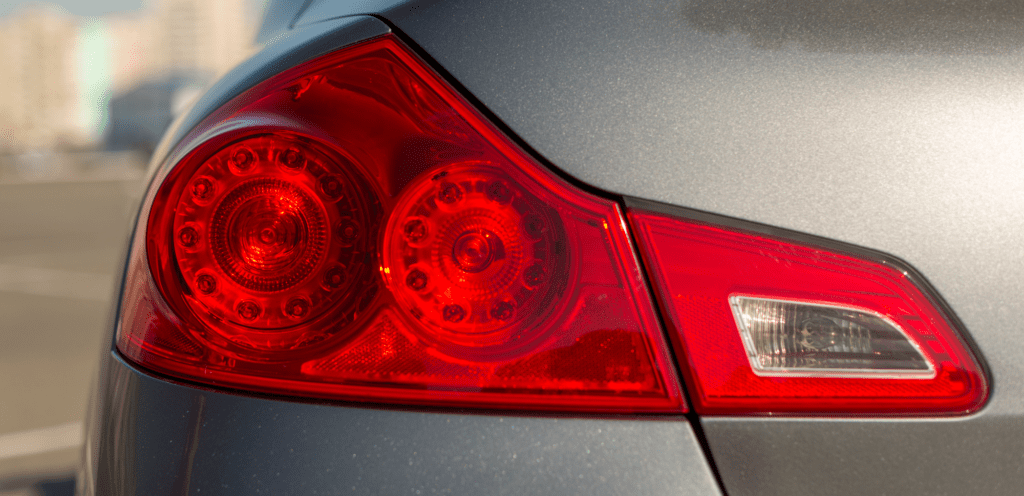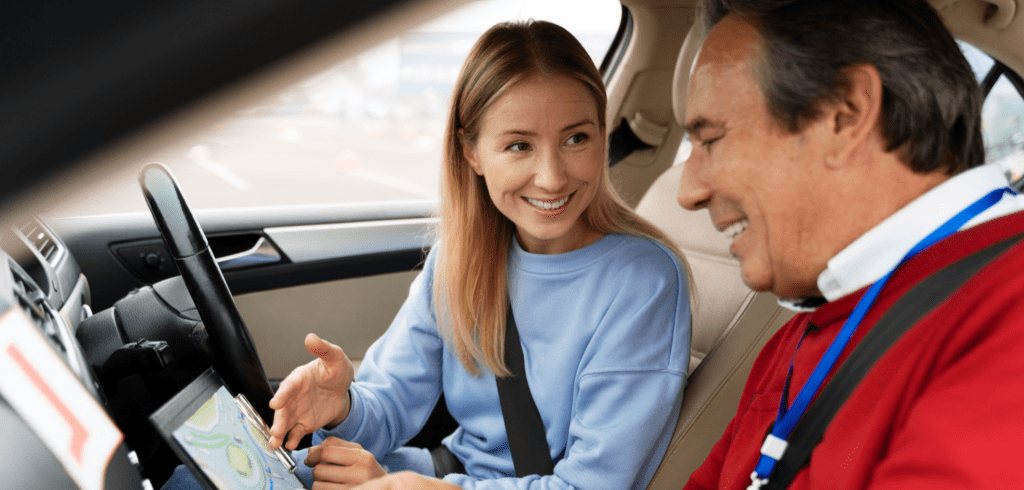
On the road, it’s crucial to use the correct signals to communicate your intentions to other road users. Proper signalling provides ample time for others to respond appropriately, which is essential for road safety.
Failing to signal, or signalling at the wrong time, can lead to severe accidents. Thus, understanding the appropriate moments for signalling is fundamental for all drivers.
Types of Signals and Their Uses
Drivers have a variety of signals at their disposal to indicate their actions to other road users. These signals need to be used at the right times to prevent confusion and ensure safety on the road.
Signalling and the Driving Test
Knowing when and how to signal is not only a matter of safety but also a critical component of the driving test. Demonstrating the ability to signal correctly is essential for passing the test and becoming a licensed driver.
How to Signal on the Road
The Importance of Signalling
When driving, your signals are crucial for communicating your intentions to other road users, including drivers, cyclists, and pedestrians.
Correct signalling enhances safety for yourself and everyone else on the road. There are several key methods for signalling your intentions effectively.
1. Utilising Indicators
Indicators are essential for informing other road users of your intent to change direction or position. They are a fundamental tool for drivers, vital for conveying planned movements clearly and safely.
2. Brake Lights as Signals
Activating your brake lights by pressing the brake pedal signals to others that you are slowing down. This can be particularly useful if a vehicle is following too closely; a gentle tap on the brake can encourage them to maintain a safer distance without significantly altering your speed.
3. Road Positioning
Your road position can also serve as a signal. By aligning your vehicle with your intended direction of turn, such as moving to the right side of your lane when planning to turn right, you not only indicate your intentions but also help manage traffic flow effectively.
4. Hazard Lights for Caution
Hazard lights should be used in specific circumstances to alert others of potential dangers or obstructions. These situations include vehicle breakdowns, traffic obstruction, or warning of significant hazards ahead.
5. The Correct Use of the Horn
The horn should be used sparingly, primarily to alert others of your presence when on the move. It is not intended for stationary use or during late-night hours in residential areas to avoid disturbance.
6. Headlights and Communication
While some drivers use headlights to signal that the way is clear, this practice is risky and can lead to misunderstandings.
The Highway Code recommends using headlights solely to make others aware of your presence, offering a safer alternative to the horn in certain situations.
Safety and Compliance
It’s important to note that incorrect responses to signals, such as moving on the assumption that the way is clear after seeing headlights flash, can result in failing your driving test.
Always ensure that your signalling is clear, appropriate, and in accordance with road safety regulations.
The Correct Procedure for Signalling
When navigating the roads, employing the MSM (Mirror-Signal-Manoeuvre) routine is essential for safely altering your position or direction.
Checking Your Surroundings
Before making any changes in direction or position, it’s vital to first check your mirrors. This allows you to understand the traffic conditions behind you, including the proximity of other vehicles and the presence of cyclists. It’s crucial to ensure the way is clear and safe before proceeding to the next step.
Signalling Your Intent
After confirming that it’s safe, the next step is to signal your intentions to other road users. Whether you’re turning, changing lanes, or indicating a potential stop, using your indicators communicates your planned actions. This step is crucial for maintaining safety and order on the roads.
Executing the Manoeuvre
Finally, once you’ve checked your surroundings and signalled your intent, you can proceed to manoeuvre your vehicle.
This could involve turning, changing lanes, or adjusting your speed. It’s important to give your mirrors another quick check before executing the manoeuvre to ensure conditions haven’t changed.
Additional Considerations
Remember, signalling does not grant you priority on the road. Never assume that other road users will automatically make space for you simply because you’ve signalled your intentions.
It’s important to always be prepared to adjust your actions based on the reactions of other road users to ensure safety for everyone involved.
When You Should and Shouldn’t Signal
Understanding when to signal is as crucial as knowing how to signal. Making appropriate use of signals is a key part of safe driving practices.
Guidance from the Highway Code
The Highway Code provides essential instructions for all road users, aiming to enhance safety. It addresses various aspects of road use, including signalling.
Key Principles for Signalling
- Signal in advance: Offer clear signals in good time, ensuring they won’t mislead others.
- Inform others of your actions: Use signals to notify other road users before changing direction, stopping, or starting.
- Cancel signals after use: It’s important to turn off your signal once you’ve completed your manoeuvre to avoid confusion.
- Avoid misleading signals: Your signals should be precise to prevent misunderstanding.
- Reinforce signals if necessary: An arm signal can be used to emphasise your intended action for clarity.

Observing Others’ Signals
Not only must you signal correctly, but you should also be vigilant of signals from other drivers. The Highway Code advises:
- Be attentive to signals: Watch for and interpret signals from others, acting safely upon them.
- Question signal validity: Understand that an indicator may not always represent an imminent action, as it could have been left on accidentally.
Determining When to Signal
While the Highway Code offers a foundation, the decision to signal often depends on specific circumstances.
Situations Requiring Signals
- Changing lanes or direction: Whenever you alter your position on the road.
- Approaching junctions: Signalling your intended route at intersections informs others of your direction.
- Stopping or slowing down: Indicating a reduction in speed or a stop can prevent accidents.
Situations Where Signalling May Be Unnecessary
- When it could confuse: If signalling could potentially mislead other road users, it may be better to refrain.
- In low-traffic conditions: While still often advisable, signalling may not always be necessary if no other road users are present.
Remember, the use of signals is integral to communicating with other road users and ensuring the safety and smooth flow of traffic.
Always use your judgement, based on the Highway Code and the specifics of the situation, to decide when and how to signal effectively.
1. Moving Off and Stopping
Moving Off
When moving off, it’s generally good practice to signal if it aids in clarifying your intentions to others. However, if there are no other road users present to benefit from your signalling, it might seem unnecessary.
Yet, signalling by default is a sound habit, covering instances where you might not have noticed all nearby road users.
Exercise caution when a vehicle is approaching as you prepare to move off. Signalling too early may cause the approaching vehicle to slow down unexpectedly or manoeuvre around you, potentially creating a hazardous situation. It’s wiser to wait until the vehicle has passed.
Stopping
The decision to signal when stopping to park largely depends on the presence of other road users, including pedestrians and cyclists.
If they are around, signalling can significantly enhance safety. In the absence of nearby road users, signalling might be deemed unnecessary.
2. Passing Parked Vehicles
Typically, indicating is not required when navigating around parked vehicles. However, there are exceptions where signalling can be beneficial, such as when stopping behind a parked car to allow oncoming traffic to pass.
A signal in this scenario helps inform following vehicles of your temporary stop rather than a parking manoeuvre.
3. Turning at Junctions
Signalling at junctions is mandatory. Employ the MSM routine to clearly indicate your intended direction to other road users. Incorporating brake lights early in your approach also alerts them to your deceleration.
Even in the absence of visible road users, signalling is recommended as unseen individuals might still benefit from your indication, provided it’s done safely and correctly.
4. Overtaking and Changing Lanes
Always signal when overtaking another moving vehicle or changing lanes, regardless of the road type. Special attention is needed when overtaking cyclists, considering the road’s width and the presence of oncoming traffic.
On narrower roads, a brief signal before overtaking a cyclist can be helpful, whereas, on wider roads, signalling might not always be necessary.
5. On Roundabouts
Signalling on roundabouts is essential. Signal left or right as appropriate when approaching to turn off the roundabout.
For going straight ahead, you typically do not need to signal upon approach but should signal left just after passing the exit before the one you intend to take.
Note that for mini-roundabouts, the second signal is often omitted due to their small size, simplifying the process.
Important Points to Remember When Signalling
Effective communication with other road users through signalling is a cornerstone of safe driving practices.
The precision of your signals — in terms of timing, clarity, and cancellation — plays a pivotal role in preventing misunderstandings and potential accidents on the road.
Timing of Signals
The essence of appropriate signalling lies in its timing. Signalling too early or too late can lead to confusion, misinterpretation, and potentially hazardous situations.
The Highway Code provides a pertinent example to highlight the significance of timing: signalling to stop immediately after a side road should be initiated only after passing the entrance to the side road to avoid the misconception that you intend to turn.

Observation and Space Assessment
Before signalling, it is imperative to conduct thorough observations of your surroundings. Assess the impact of your intended manoeuvre on other road users and ensure that ample space is available to execute your action safely. This pre-emptive evaluation is crucial for ensuring that your signal will not mislead or endanger others.
Clarity of Signals
Ensuring your signals are clear and unambiguous is equally important. For instance, when intending to turn at the end of a road, activating your indicator while passing a side road could mistakenly suggest to others that you plan to turn into the side road, thus creating potential confusion.
The clarity of your signalling intentions must be maintained to facilitate orderly and predictable traffic flow.
Cancellation of Signals
Post-manoeuvre, it is essential to cancel your signals promptly. Failing to do so may lead others to believe you have another immediate turn or lane change planned when you do not, leading to unnecessary adjustments in their driving strategy.
Diligent signal cancellation helps maintain a clear line of communication with fellow road users, ensuring mutual understanding and safety on the road.
In the dynamic environment of road traffic, the continuous evolution of best practices and guidelines necessitates that drivers remain vigilant, informed, and adaptable.
As an Expert Advisor, I underscore the importance of integrating these principles into your driving habits to enhance road safety and efficiency for all.
Mastery of signalling etiquette and technique is not just a regulatory obligation but a shared responsibility towards fostering a safer driving culture.
Signalling in My Driving Test
During your driving test, examiners are vigilant in assessing a wide array of competencies, one of which is your ability to signal accurately and effectively.
This aspect of your driving skill set is critical for ensuring safety and clarity on the roads.

Timing and Necessity of Signals
Examiners expect signals to be delivered:
- In ample time, avoiding signals that are either prematurely or belatedly initiated.
- When necessary, including before changing direction or when moving off.
- Approaching a junction, unless the junction is unambiguously marked for a single direction.
The principle here is to communicate your intentions to other road users clearly and at a moment that helps rather than confuses them.
Cancelling Signals
An often-overlooked aspect of signalling is the importance of cancelling your signal once it’s no longer needed. Failing to do so can mislead other road users, potentially leading to unsafe situations.
Common Faults and Their Impact
During the test, you might incur minor faults—or major ones, if they accumulate—for several reasons related to signalling, including:
- Failing to signal, leading to potential confusion or misunderstanding among other road users.
- Misleading signals, whether given too early or too late.
- Not cancelling signals after completing a manoeuvre or direction change.
- Inappropriate duration of signals, either too brief or overly prolonged.
While it’s essential not to signal unnecessarily—which could indeed cause confusion—you are unlikely to be penalised for signalling when no other road users are visible. However, omitting a necessary signal, especially when other vehicles are behind you, could result in a fault being recorded.
Understanding and adhering to these guidelines not only supports your success in the driving test but also lays the foundation for responsible and safe driving practices throughout your driving career.


